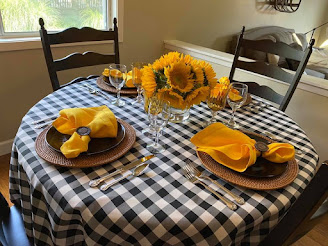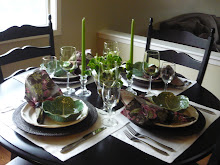In 1867, suffragists in Kansas adopted the sunflower — the state flower of Kansas, as a symbol of their campaign. From then on, yellow — and gold, became associated with the national women's suffrage movement.
It was described as “the color of light and life, is as the torch that guides our purpose, pure and unswerving.”
Elizabeth Cady Stanton used it as her pseudonym when writing articles for the first women's newspaper “The Lily.”
In the 1867 Kansas campaign, supporters wore yellow ribbons in commemoration of both, suffrage and the state flower. Gradually, it became the symbol of suffrage nationally.
To celebrate the 100th anniversary of the ratification of the 19th Amendment, and, because I so enjoy sunflowers, I'm dedicating this lunch to this beautiful flower.
The botanical name for the sunflower is Helianthus Anuus — “Helios,” meaning sun and "Anthos" meaning flower, and it is related to the daisy family.
Some of the most common meanings ascribed to sunflowers are long life, faith, loyalty and vitality. The suffrage movement chose well.
 |
 |






























































